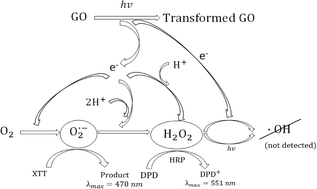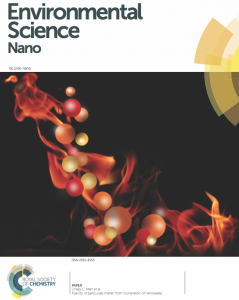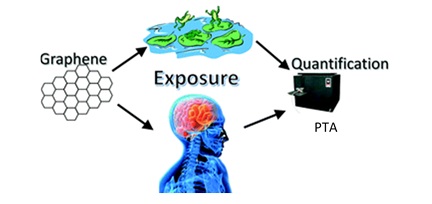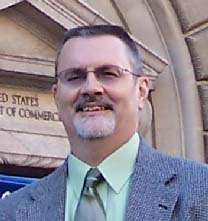
Of all nanomaterials that I know and have studied in these past seven years working with environmental nanoscience, Quantum Dots (QDs) have by far been my favorites. They just sound so sci-fi. I mean, just listen to their name: Quantum dots [imagine a low, cinema narrator voice]. Also, they glow in neon multi-colors when exposed to UV light.
This interesting optical property of quantum dots is due to quantum confinement, a phenomenon that takes place when some semiconductor particles are so small that the trajectory of their electrons becomes confined. The level of confinement depends on the size of the particles, which is why QDs of different sizes emit different colors.
QDs present the potential for a wide variety of applications, such as solar cells, lasers, LEDs, medical imaging, and even quantum computing. They are just so cool!
One more thing I have learned in these few years working with environmental nanoscience is that anything with so many potential applications is bound to, somehow, end up in the environment.

Quantum dot dispersions hanging out and emitting their neon quantum confinement glow, no big deal.
A common type of QD is a nanohybrid made of a cadmium selenide (CdSe) core and a zinc sulfide (ZnS) shell (CdSe/ZnS), which has been shown to be toxic to organisms and is a known carcinogen to humans. So, it is important to understand the way in which these QDs will be transported through the environment.
QDs and other nanomaterials are often coated with surfactants or polymers to improve stability—to prevent nanoparticles from sticking to each other, which they love to do. The presence of coatings may deeply affect their interactions with the environment.
M. D. Becker and colleagues recently published a study to improve existing models for the transport of coated QDs through porous media, which is an idealized template for groundwater and soil.
They observed that QDs became increasingly stuck to the porous media as they were transported. Both the coating and the presence of other constituents in the environment (such as natural organic matter) may help QDs “slide” more easily through the porous media. But as these coatings are stripped off over time, particles end up getting stuck.
This behavior could not be explained by traditional nanoparticle transport models, so they developed a new transport model to account for the influence that coatings and other constituents may have in the transport of nanomaterials through porous media.
To access the full article, download a copy for free* by clicking the link below:
A multi-constituent site blocking model for nanoparticle and stabilizing agent transport in porous media
Matthew D. Becker, Yonggang Wang, Kurt D. Pennell and Linda M. Abriola
Environ. Sci.: Nano, 2015, Advance Article
DOI: 10.1039/C4EN00176A
—————-
About the webwriter
Marina is a PhD research scientist at Virginia Tech and Assoc. Director of @VTSuN. She is interested in air quality, nanotechnology and human health. You can find more information about her in her website mevance.com.
—————-
* Access is free through a registered RSC account
Comments Off on Quantum dots and a blocking model





















